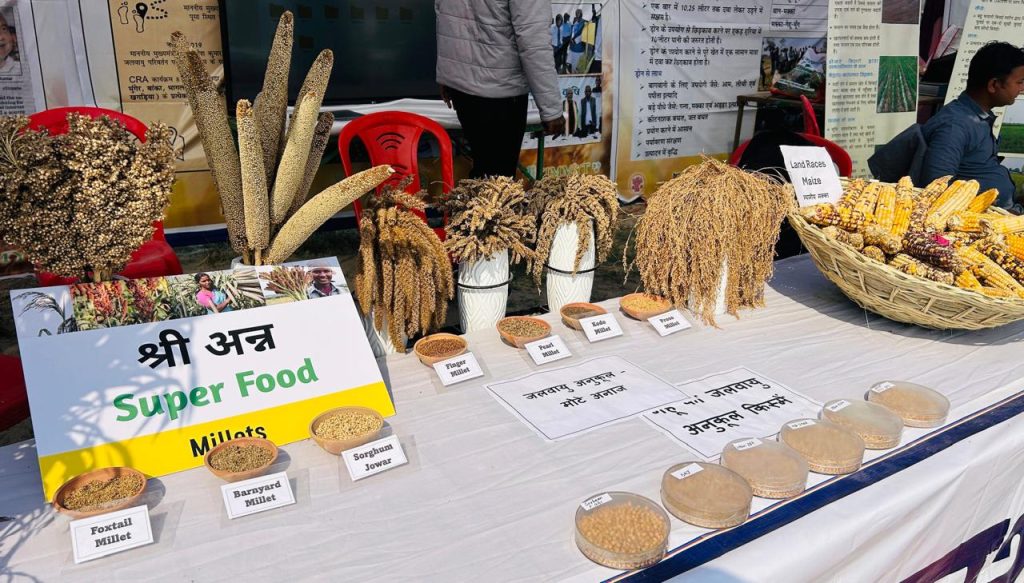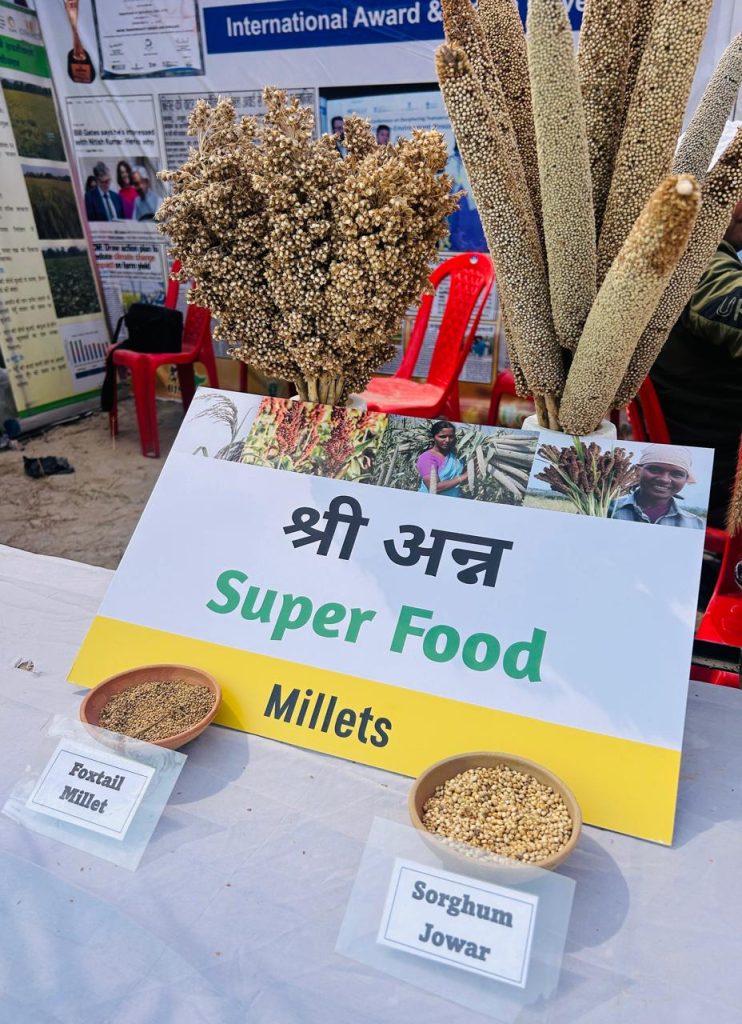Understanding Farmers’ Reluctance to Cultivate Millets (Shree Anna) — and Strategies for Change

By
Rajesh Illathur, Project Coordinator, BISA-Pusa
In 2023, the world came together to celebrate the International Year of Millets- a tribute to one of humanity’s most ancient, resilient, and climate-smart crops. Governments, NGOs, and farming communities championed millets as a powerful solution for nutrition, sustainability, and future food security.
There was a surge of hope: millets would reclaim their rightful place on our plates and in our fields. Yet now, two years later, reality paints a different picture.
Despite promising prices and initial enthusiasm, millet cultivation and consumption have not expanded as envisioned. Fields expected to bloom with diverse millet varieties remain underused, while supermarket shelves continue to favour rice and wheat.
So, what went wrong? Why, despite global celebration, have millets not achieved the revival they deserve? More importantly, how can we reignite the momentum and unlock the true potential of millets — for farmers, consumers, and a planet in urgent need of resilient crops?
Why Millets Have Struggled to Scale
Several key challenges have limited the widespread adoption of millets:
- Low Awareness: Many consumers still associate millets with traditional “poor man’s food,” rather than recognizing them as premium, healthful alternatives.
- Limited Consumption: Indian diets, both rural and urban, are still dominated by rice and wheat. Without a strong culture of millet-based meals, consumption remains niche.
- Weak Demand: Low consumption means local markets for millets remain small and fragmented.
- Lack of Local Markets: Even when broader markets quote fair prices, farmers often find no reliable buyers nearby.
- Poor Market Connectivity: Farmers cultivating millets face inconsistent demand, while processors struggle to access steady, quality supplies.

Thus, despite goodwill and international recognition, millets risk slipping back into obscurity without focused, systemic efforts.
A Step-by-Step Strategy to Unlock Millet’s Potential
If we want millet farming and consumption to thrive, we must start at the beginning: building awareness, then driving consumption, and finally strengthening supply chains.

1. Build Awareness First
Educational campaigns must penetrate both rural and urban areas. These efforts should highlight:
- Nutritional Benefits: Millets are rich in fiber, protein, and essential minerals.
- Climate Resilience: They require significantly less water, making them ideal for a warming world.
- Economic Opportunity: With the right support, millets can become a profitable choice for farmers.
Incorporating millets into school meals, public health campaigns, and food festivals can help ignite grassroots interest.
2. Drive Local Consumption
Popularizing millet-based meals is essential. Campaigns like “Millet Mondays” or offering subsidized millet meals in office canteens and eateries can normalize millets across India’s food culture.
3. Expand Market Demand
As local consumption grows, demand will strengthen naturally. Empowering Farmer Producer Organizations (FPOs), cooperatives, and small-scale processors will ensure that supply can meet this rising demand efficiently.
4. Strengthen Supply Systems
Robust, farmer-friendly systems must be built to meet market needs:
- Introduction of Improved Varieties: High-yield, climate-resilient millet seeds to boost productivity.
- Mechanization: Access to millet-specific sowing equipments, harvesters, and threshers to reduce labor and improve efficiency.
- Agronomical Training: Teaching best practices in millet cultivation, soil health, and sustainable farming.
- Integrated Pest and Disease Management (IPDM): Promoting eco-friendly, low-chemical solutions to protect crops.
- Millet Processing Units: Supporting the development of local units to create value-added millet products — flours, ready-to-eat snacks, and packaged foods.
- Value Addition through FPOs: Enabling farmers to process and market millet products collectively, ensuring better incomes.
- Strong Market Linkages: Connecting farmers with large buyers, online platforms, institutional procurement programs, and export markets.
Conclusion: Millets Need a Movement, Not Just a Moment
Millets are more than just another crop — they are a solution to some of the greatest challenges of our time: nutritional insecurity, water scarcity, climate change, and farmer distress.
However, real change will not come from a one-time celebration. It demands a sustained, grassroots movement — one that begins by transforming consumer habits, creating strong local demand, and building resilient supply systems.
By rethinking our strategy — starting from people’s plates and working back to farmers’ fields — we can ensure millets become an everyday choice, not an occasional trend.
Millets are not just food; they are a future.
Let’s sow the seeds of change — one plate, one farm, one community at a time.
